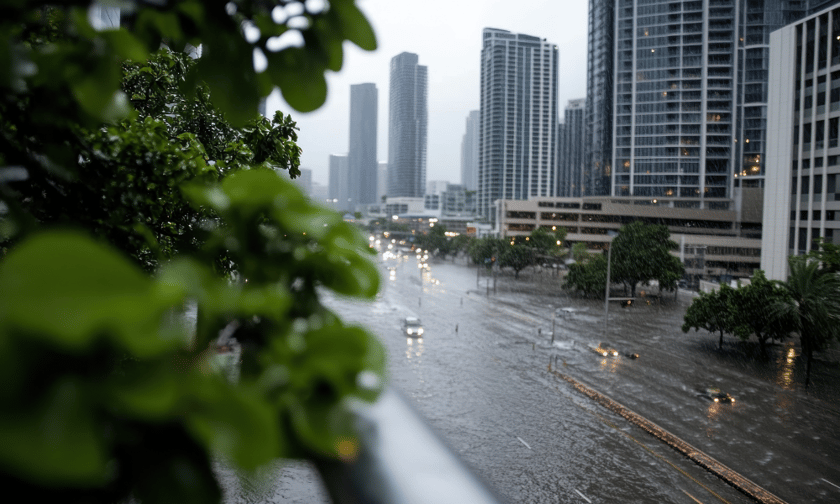

The Australian Reinsurance Pool Corporation (ARPC) has released its preliminary estimate for losses tied to ex-Tropical Cyclone Alfred, which reached Queensland’s coastline on March 8.
Initial modelling indicated that claims falling under the federal Cyclone Reinsurance Pool may amount to approximately $1.7 billion, with the final figure expected to evolve as more claims are submitted and verified.
The cyclone pool covered damage from 8:30am AEST on Feb. 28 until 6am AEST on March 10.
The ARPC’s loss-sharing mechanism – underpinned by insurer premiums, reserve funds, and a $10 billion Commonwealth guarantee – is designed to support insurers managing cyclone-related claims across Australia.
ARPC chief executive Dr Christopher Wallace said that while the full scale of the impact will become clearer over time, the agency is prepared to support insurers throughout the claims and recovery process.
“Our teams are well prepared to manage any eligible reinsurance claims arising from this event and ready to assist insurers with submissions, including loss estimate reports and other payments, as required,” he said.
The cyclone pool extends reinsurance coverage for wind and flood damage during the lifecycle of a cyclone, including a 48-hour window following downgrading by the Bureau of Meteorology.
However, questions have emerged around the equity of the scheme’s structure. The Australian Consumers Insurance Lobby (ACIL) has called on the federal government to clarify whether communities in northern regions may ultimately subsidise cyclone-related losses in southern states.
ACIL chairperson Tyrone Shandiman said the cyclone pool was intended to deliver premium relief for policyholders in northern Australia but may instead distribute risk more broadly than originally anticipated.
“The government must ensure the pool operates fairly, with equitable premium contributions and long-term climate factors properly accounted for,” he said.
This comes as the federal government’s 2025-26 budget outlines increased funding for disaster recovery and resilience.
Approximately $1.2 billion has been allocated to disaster-related payments, including recovery efforts connected to Cyclone Alfred. An additional $28.8 million over two years is earmarked to bolster emergency preparedness and national hazard mitigation capabilities.
State and federal funding also includes $17.7 million to support rural and regional bushfire recovery initiatives and $5.4 million to improve emergency telecommunications in partnership with state and territory governments.
The Insurance Council of Australia (ICA) responded to the budget by renewing its call for a national flood mitigation strategy, including the establishment of a $30.15 billion Flood Defence Fund. The proposed fund would be distributed across infrastructure upgrades, home retrofitting, voluntary buyback schemes, and the maintenance of existing protective systems.
Separately, the National Insurance Brokers Association (NIBA) reiterated its pre-budget recommendations, calling for an expansion of the Disaster Ready Fund and the creation of a co-funded household resilience scheme. The association also advocated for a national advisory body to oversee emerging natural hazard risks.
